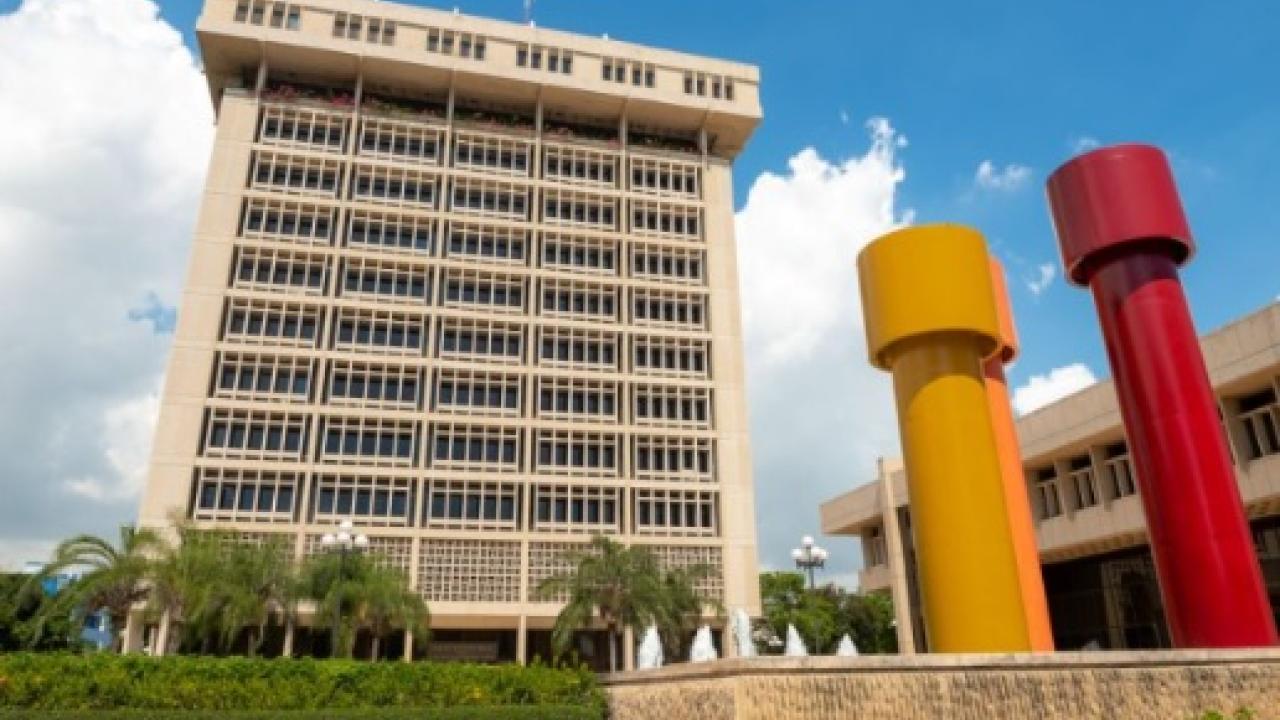
These are the main conclusions of the monetary authorities of Costa Rica, El Salvador, Guatemala, Honduras, Nicaragua and the Dominican Republic within the framework of the 301st Meeting of the Central American Monetary Council, held in San José.
The central banks of Central America expect that inflation will remain within the projections planned for this year, in accordance with a trajectory framed within the tolerance ranges and inflation goals, and that there will be continuity in the dynamics of economic growth in the region. .
These are the main conclusions drawn by the monetary authorities of Costa Rica, El Salvador, Guatemala, Honduras, Nicaragua and the Dominican Republic within the framework of the 301st Meeting of the Central American Monetary Council (CMCA), held in San José.
At this meeting, the performance of the economies of their respective countries in the first half of the year was assessed while they discussed their projections towards the end of 2024.
Likewise, they presented their perspectives for 2025 taking into consideration the evolution of the global and regional economy in the short term.
In the context of their analyses, they have taken into account the evolution of economic growth, inflation, both internal and external financial conditions, the fiscal situation and the relevant international environment, with information available and preliminary to the second quarter of 2024.
Thus, they have pointed out that inflation rates continue to slow down, both in advanced and emerging economies, although there is some resistance to reaching the established target values, especially in the case of prices of food and services.
However, inflation is expected to remain within the projections planned for this year, in accordance with a trajectory framed within the tolerance ranges and inflation goals.
Despite this, they have highlighted potential external shocks as risks to inflation forecasts such as an escalation of conflicts in the Middle East and Eastern Europe that would induce new upward pressures on the prices of primary goods, especially oil, and climatic phenomena that could affect food prices.
ECONOMIC GROWTH
On the other hand, central banks have pointed to a scenario of continuity of economic growth dynamics in the region, influenced by a combination of factors that includes the increase in credit to the private sector (companies and households), greater public investment in some countries and the moderate recovery of external flows from direct investment, remittances and tourism, and to a lesser extent, exports.
According to the latest information available, the region's economic growth reached 6.4% in April 2024.
In this sense, economic activity in Costa Rica and Honduras presented a year-on-year expansion of close to 9%, while El Salvador registered a rate of -0.6%, Guatemala of 3.81%, Nicaragua of 9.2% and the Dominican Republic of 4.26%.
Going forward and in line with the evolution of global economic activity, central banks project positive regional performance, with expected growth close to 4% and moderate inflationary pressures for the remainder of the year.
"In this way, the monetary authorities, faithful to their commitment to society, will be attentive to acting with the appropriate monetary and financial policy measures, when necessary in order to mitigate the effects of external disturbances that may deviate the planned trajectory. for the performance of production and prices," the entities stated at the close of the meeting.










